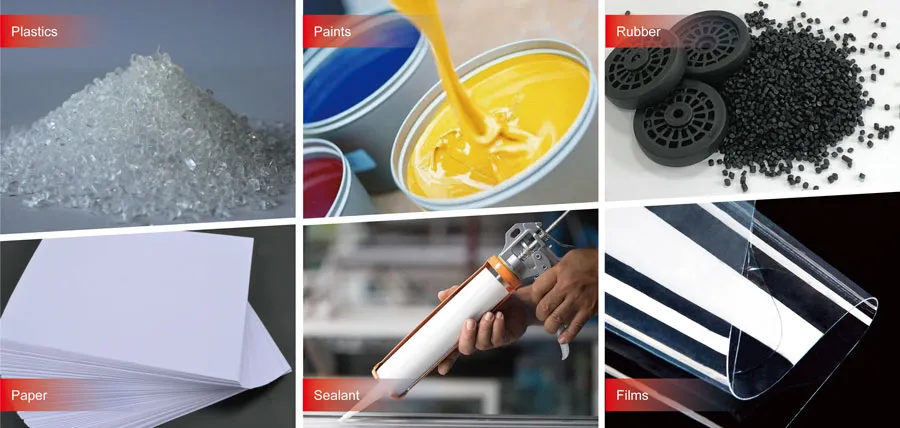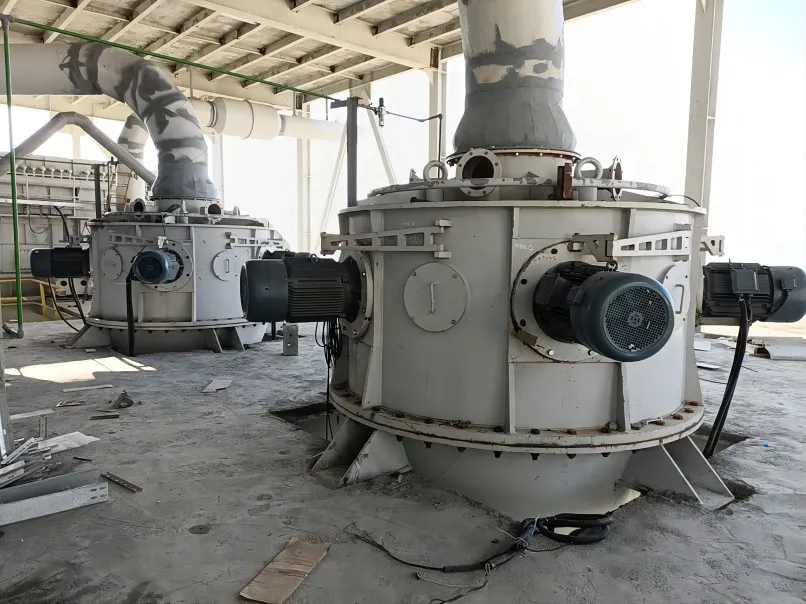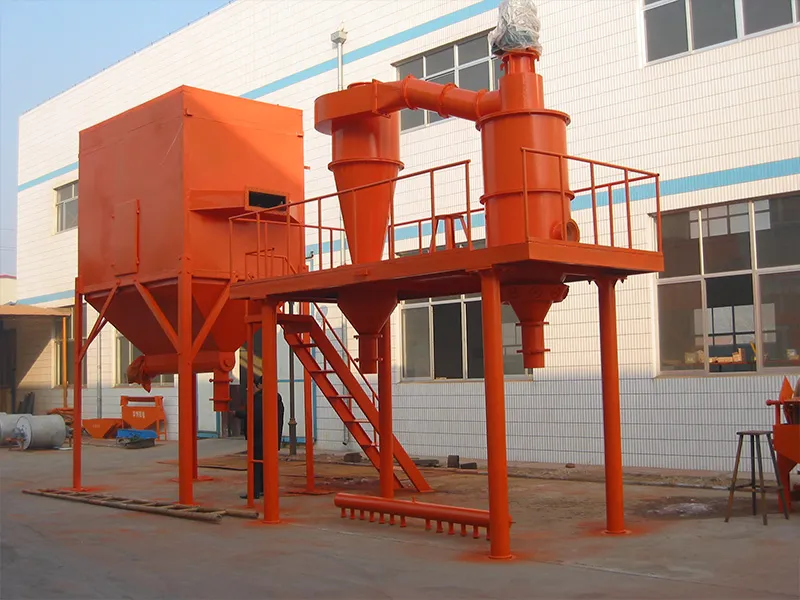The inorganic powder industry is shifting rapidly from scale-based growth to innovation-driven strategies for sustainable, high-quality development. Surface modification plays an important role in bridging powder preparation and end-use applications across industries with increasing precision requirements. By fine-tuning interfacial compatibility and dispersion stability, surface modification reshapes the value chain from raw material to customized solutions.

I. Five Key Reasons for Powder Surface Modification
Improve Compatibility Between Powder and Matrix
In polymer-based composites like plastics and adhesives, inorganic fillers offer cost advantages and tunable functions but suffer poor interfacial compatibility. The mismatch between high-energy inorganic surfaces and low-polarity polymers causes poor dispersion and weak filler-matrix bonding. This results in mechanical degradation, stress concentration, and structural flaws in the final composite materials. Surface modification techniques like grafting or organic coating can tailor wetting properties and reduce polarity mismatch with the polymer matrix. By building chemical bonds or physical anchoring, surface engineering enhances the interfacial compatibility significantly.
Prevent Agglomeration and Enhance Powder Dispersion
Mechanically ground powders expose reactive hydroxyls and broken ionic bonds, creating high surface energy and strong inter-particle attractions. Such powders tend to agglomerate under van der Waals forces and electrostatic interactions when mixed into polymers. Agglomerates act as stress concentrators and disrupt interface continuity, weakening the composite’s mechanical strength. Surface grafting with silane coupling agents reacts with hydroxyls, neutralizing surface charges and reducing surface energy below 50 mJ/m². Organic chains form spatial barriers (e.g., C18 alkyl layers), helping particles disperse during melt mixing. This modification improves tensile strength by 2–3 times while keeping viscosity fluctuations under 15%.
Reduce Oil Absorption Value
Oil absorption is a critical indicator affecting powder dispersibility, processability, and final product performance in composite systems. Fillers with high oil absorption consume plasticizers during processing, increasing system viscosity and reducing processing efficiency. Surface modification reduces surface polarity and inter-particle friction, improving lubricity and packing density. The result is lower oil absorption, improved material flow, reduced production costs, and enhanced product performance.
Impart Functional Properties to Materials
Unmodified powders are mostly passive fillers, but excessive loading can reduce the material’s performance. Surface-modified powders, however, can gain new functionality via chemical composition tuning, morphology control, or functional group grafting. This allows higher filler loading and broadens their application scope in high-performance and functional materials.
Improve Energy Efficiency, Safety, and Environmental Performance
Surface modification can enhance a material’s green, safe, and energy-saving profile by improving interfacial behavior and process performance. Calcium stearate-coated calcium carbonate reduces frictional heat in plastic extrusion, cutting energy use by up to 30%. Lubricant-modified heavy calcium in PP reduces injection molding cycle time by 20% and energy per unit by 18%. Modified aluminum hydroxide used in EV battery casings raises the LOI from 21% to 32% and lowers smoke density by 60%.

iI. How to Implement Effective Powder Surface Modification
Start from the Powder’s Intrinsic Properties
Surface modification should be rooted in a deep understanding of the powder’s composition, crystal structure, and physicochemical characteristics. Different inorganic powders have unique properties—modification should maximize strengths and compensate for weaknesses accordingly. In high-value applications, surface modification can enhance targeted functions to meet the requirements of diverse downstream uses.
Be Market-Oriented to Solve Industry Challenges
With growing demands for high performance, sustainability, and customization, powders must evolve in sync with downstream industry needs. Surface modification work should be based on solid market research and a clear understanding of customer pain points and application goals. Customized surface solutions help customers improve product performance while reducing overall production costs.
Explore New Functions and Applications
High-tech and intelligent industries require advanced materials with untapped potential. Many inorganic powders still possess underutilized properties critical for expanding into high-end or emerging application areas. Surface engineering can unlock these latent properties and drive innovation across new markets.
Build a Scientific Evaluation System for Powder Products
Traditional powder indicators like oil absorption or particle size are no longer sufficient to evaluate modern performance requirements. A new system is needed, covering coating efficiency, surface charge, morphology, and compatibility with specific application scenarios. Combining powder surface characterization with real-world performance enables a more accurate assessment of surface treatment effectiveness. Only through deeper powder understanding can modification strategies be truly effective and targeted.
At Epic Powder, we understand that surface modification is not just a process—it’s a strategy for unlocking the full potential of powder materials. With decades of experience and European core technology, we deliver customized solutions that enhance compatibility, dispersion, functionality, and sustainability—empowering industries to achieve higher performance and lower costs. Partner with Epic Powder to bring innovation to the surface.

